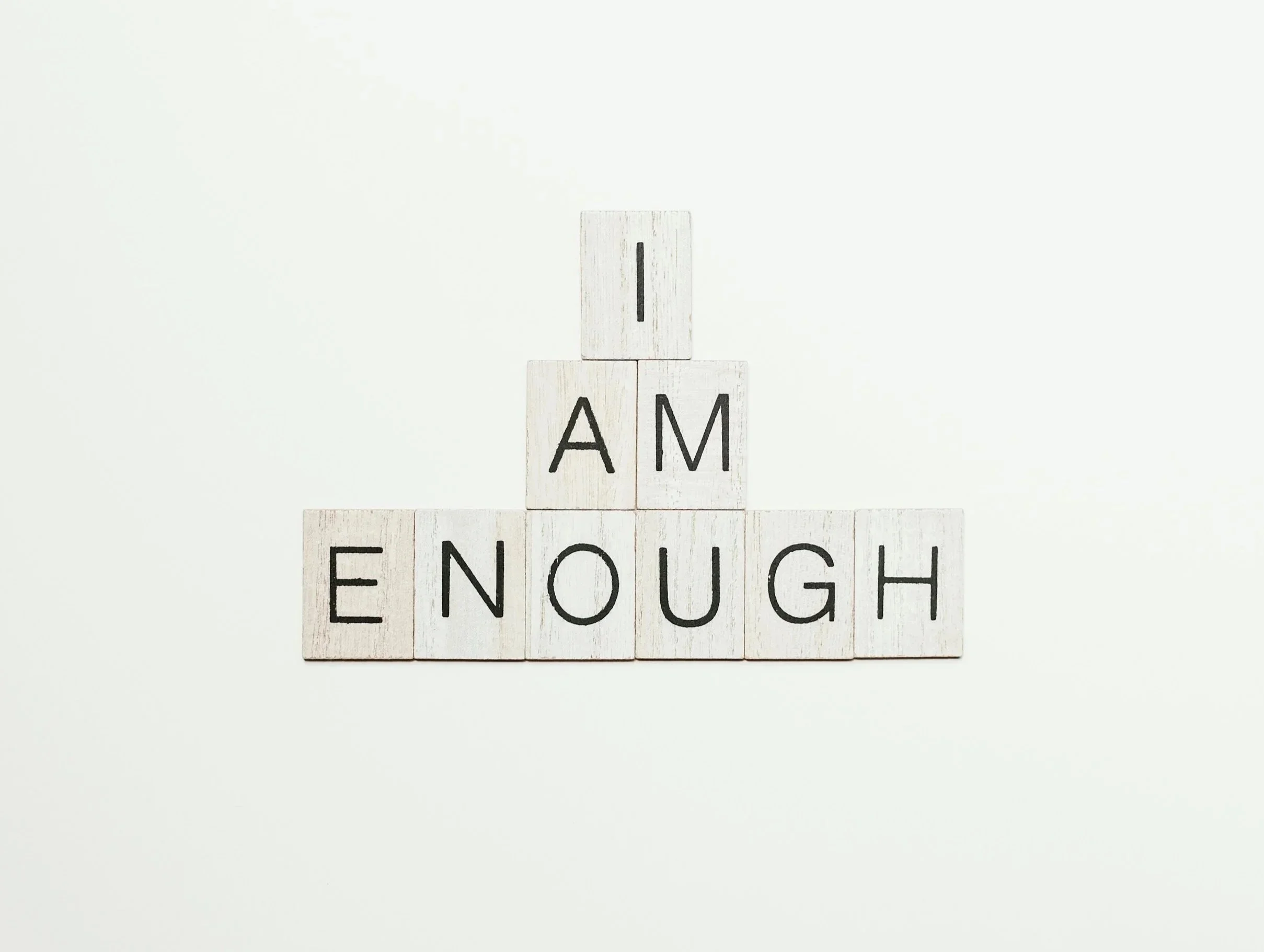
“Try to respect the reasons your schemas developed in the first place. In your childhood, it was essential for your emotional survival. But what was once a help to you is now hurting you, and it is time to give it up. .”
— Jeffrey E. Young
What is Schema Therapy?
Schema Therapy helps people understand and change long-standing emotional and relationship patterns that often begin in childhood and continue into adult life.
It brings together ideas from cognitive-behavioural, attachment, psychodynamic, and experiential therapies, offering both insight and practical strategies for change.
At its heart, Schema Therapy helps us make sense of the deep emotional themes that shape how we see ourselves, others, and the world. It can be particularly helpful for people who have experienced complex trauma, emotional dysregulation, or repeated relational difficulties, or who find themselves caught in the same patterns despite wanting things to be different.
Schemas — sometimes called Early Maladaptive Schemas or lifetraps — are deep patterns of thinking and feeling that develop when our emotional needs aren’t fully met in childhood.
They include emotional memories, body sensations, and beliefs about ourselves and others. When something in the present reminds us of these early experiences, our schemas can be “activated,” bringing up strong emotions or reactions that don’t always make sense in the moment.
Common examples include Emotional Deprivation, Mistrust, Abandonment, Unrelenting Standards, or Self-Sacrifice. Most people have a few that are more active than others. Therapy helps us understand these patterns and respond to them in more compassionate, balanced ways.
What are schemas?
How do schemas develop?
Schemas form early in life, shaped by our experiences of care, safety, attention, and autonomy.
When these core needs aren’t consistently met — perhaps because of neglect, trauma, over-protection, or unrealistic expectations — we develop patterns that once helped us survive emotionally, but can cause distress later when triggered in adulthood.
How does Schema Therapy work?
Schema Therapy helps identify these patterns, understand where they come from, and meet emotional needs in healthier ways.
It does this by working with modes — different emotional states or “parts” of ourselves that emerge in response to life events.
Child Modes hold our vulnerability and the emotions linked to early experiences.
Critic Modes amplify self-critical thoughts and feelings.
Coping Modes protect us through avoidance, detachment, or perfectionism.
The aim is to strengthen the Healthy Adult — the grounded, caring, and realistic self that can comfort our vulnerable side, set limits on the inner critic, and make thoughtful choices.
Therapeutic methods such as imagery rescripting and chair work help bring both understanding and healing, supporting lasting change through greater awareness and self-compassion.
In therapy, strengthening the Healthy Adult allows us to move beyond survival patterns and live with greater balance and emotional freedom, through actions like making realistic decisions, setting limits, and advocating for their needs.
Schema Therapy combines cognitive, behavioural, and experiential techniques to bring insight and healing at both a thinking and emotional level. Through methods such as imagery rescripting, we revisit past experiences in a safe and guided way to meet unmet emotional needs and soothe the parts of us that were hurt. Chair work allows us to explore different “modes” or parts of ourselves, such as the critic, the vulnerable child, or the healthy adult, and create new, more balanced ways for these parts to relate. Over time, this process supports lasting change by strengthening the Healthy Adult and helping us to respond to life with greater awareness, compassion, and flexibility.
How does Schema Therapy work?
The Therapeutic Relationship
A defining feature of Schema Therapy is the process of limited reparenting. Within a safe and professional relationship, the therapist offers empathy, understanding, and appropriate care to help meet emotional needs that were unmet in earlier life.
This secure and consistent connection provides a new relational experience — one that allows you to internalise warmth, validation, and healthy boundaries. Over time, this fosters emotional resilience and strengthens your Healthy Adult, helping you live with greater balance and self-confidence.
Is Schema Therapy right for you?
Schema therapy is an evidence-based approach shown to be effective for people experiencing long-standing emotional or relational difficulties, including:
Personality disorders, especially borderline, avoidant, and narcissistic traits
Complex trauma and attachment issues
Chronic depression and anxiety
Self-destructive or addictive coping patterns
Eating and body image issues
Self-criticism, shame, and perfectionism
Repeated relational patterns that cause distress or disconnection
If you’ve tried other forms of therapy but still feel stuck in familiar emotional cycles, Schema Therapy can help you understand those patterns, heal early wounds, and build a stronger, more balanced sense of self.

“It is time for you to begin the slow journey out of self-denial and self-defeat, and to reclaim your life for yourself.”
— Jeffrey E. Young
I’m Here When You’re Ready.
If you’d like to find out more about Schema Therapy or explore whether it might be a good fit for you, please get in touch. I offer an initial consultation to discuss your needs and help you decide on the best approach.




